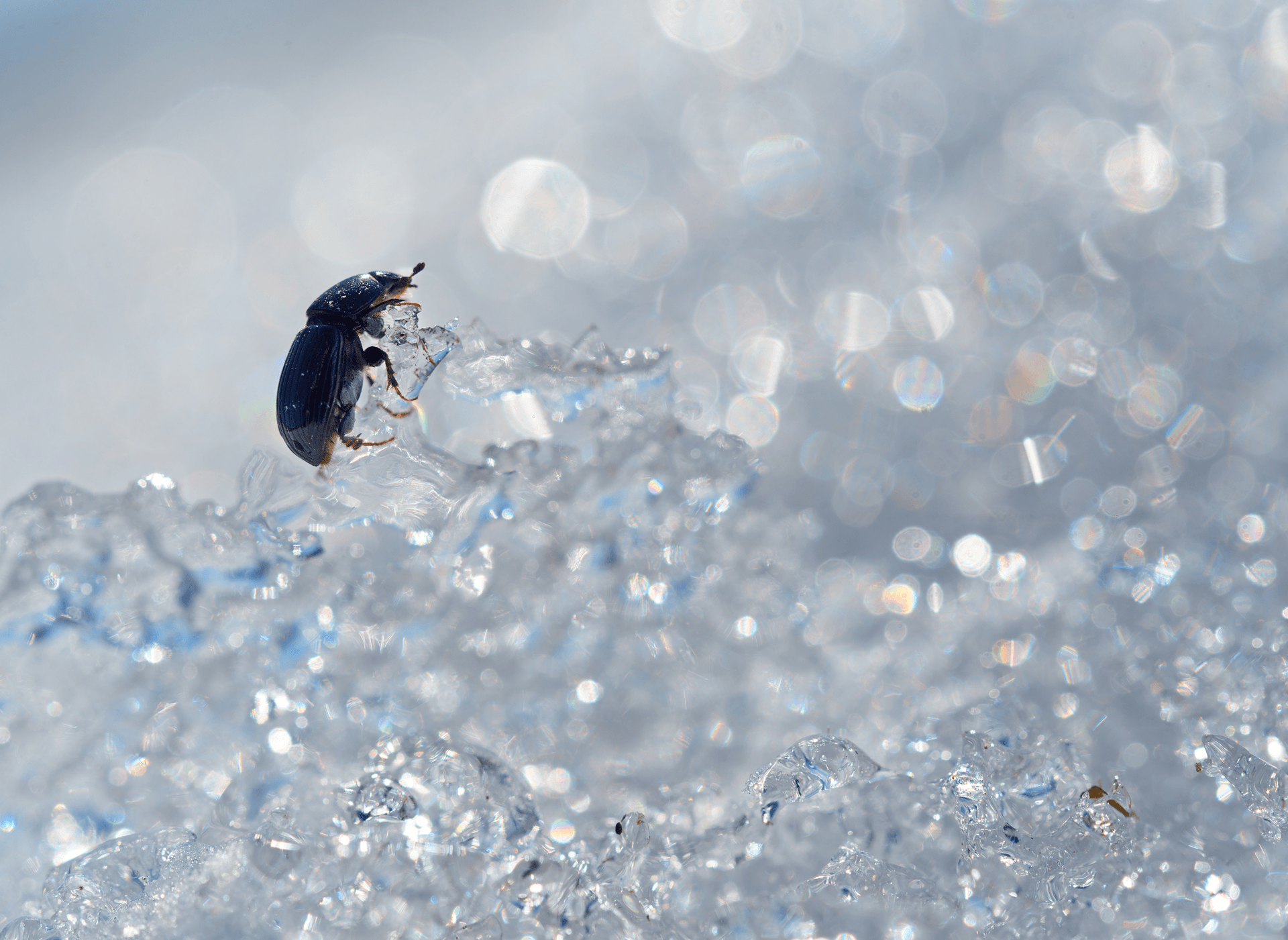How Bugs Have Been Weaponized
Can Bugs Be Used As Weapons?
Wars have raged almost from the dawn of mankind, and with them came weapons. Evidence of wooden spears goes back some 400,000 years. 5000 BC saw the advent of swords, 800 AD brought us gunpowder, 1200, the first handheld cannons, the 1700s had rockets, and the 20th century reached the pinnacle with Fat Man and Little Boy atomic bombs.
Weaponry seems to be getting bigger and badder, but is bigger always better? It seems that smaller, even tiny, can get the job done as well, if not better, especially when it is in the shape of a living creature. Man has been using insects as weapons for thousands of years, and why not? The practice was mentioned in the Bible, Joshua 24:12, "I sent the hornet ahead of you, and it drove out the two Amorite kings before you…." Author Jeffrey Lockwood, in his book, Six-Legged Soldiers believes that early man threw bees nests into the caves of their enemies to get them out of hiding.
The first known use of insects in battle dates back to the Third Mithridatic War, 73-63 BC. King Mithridates VI of Pontus used rhododendron-foraging honeybees for their grayanotoxinon-laced honey. He left the roadsides lined with pots of the honey, knowing the Roman attackers would eat it as part of their pillaging, and he was right. As it is now known, mad honey, causes hallucinations, blurred vision, seizures, and possibly death. The drugged Romans were easy pickings. Mithridates also released bees and hornets in strategic tunnels the Romans dug under the battlefields.
In the second century AD, bugs stung the Romans once again. As Roman emperor Septimius Severus bore down on Mesopotamia, King Barsamia launched his attack. Earthenware shells filled with scorpions flew into the oncoming Romans causing painful injuries. Some historians believe the pots also had Rove Beetles. Rove Beetle bodies contain pederin, which causes blisters and skin infections when touched. Barsamian's defense held the Romans at bay for twenty days until the attacking forces broke up and departed.
After feeling the sting, the Romans developed their own bug warfare. They built catapults on their warships for shooting beehives onto enemy ships. The confused enemy sailors would jump overboard to avoid the stingers.
During the 12th century, buildings had small architectural openings call bee boles. They were used daily to keep bees for honey and pollinating gardens. However, in wartime, the hives would be thrown over the walls onto the advancing enemy. During the Third Crusade, King Richard is believed to have used bees against the Muslims.
Technology took a big leap in Europe in the 14th century with the invention of a rapid-fire, machine gun-like weapon that shot beehives. It was also during the 14th century that the Tartars used fleas and the plague they carried as weapons. During a siege of Kaffa, that the Tartars catapulted cadavers of their plague-stricken soldiers over the wall. In 1422, Russians used the same tactic at the siege of Carolstein.
Bugs have long been used as torture devices against captured enemies, and the most infamous of the bunch was created by the 19-century Emir of Bukhara, Nasrullah Bahadur Khan. Khan's Siah Cha, or Black Hole, was filled with Assassin Bugs and Sheep Ticks. Reports described two British victims as having the flesh gnawed from their bones. In the act of mercy, Khan ended the torture by beheading them.
The industrial age of the 20th century saw great leaps in man's capabilities, and this took the use of bugs in war to another level. During WW II, weaponizing insects was practiced by many countries. Germany was accused of dumping boxes of Colorado Beetles on Great Britain to attack their potato crops. Evidence was not found but, some beetle-related damage was reported.
Perhaps the most well-documented attack via insect was by the Japanese against the Chinese. The Japanese had built a huge facility specializing in biological warfare named unit 731. In it were 4500 containers for raising fleas. Japan's General Ishii created clay bombs, each containing 30,000 plague-infested fleas. On October 4th, 1940, Japan dropped a flea bomb on Quzhou, China, and within a year, more than 2,000 people died of the plague. Experts believe that there were also cholera-coated flies in the bombs. It's estimated that as many as 12,000 people died on human testing in Unit 731.
During the Vietnam War, the Vietcong raised colonies of Giant Asian Honeybees. The bee has been described as one of southeast Asia's most dangerous animals. The Vietcong would attach firecrackers to the hives and throw them at passing American forces. The angered bees attacked the troops, even chasing them up to 100 yards.
In Belford, N.J, and the surrounding areas, if pests are chasing you, there is only one company to
contact, Elite Pest Control. This time, we will turn the tide on the insects and wage war on them.
All Rights Reserved | Elite Pest Control










